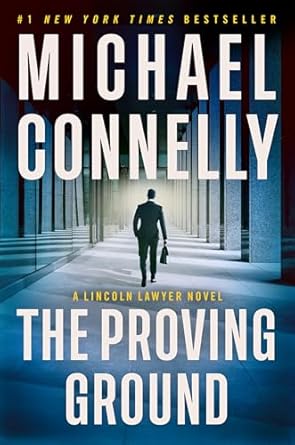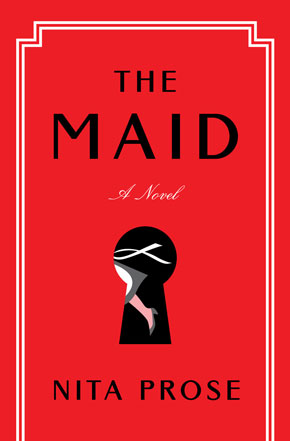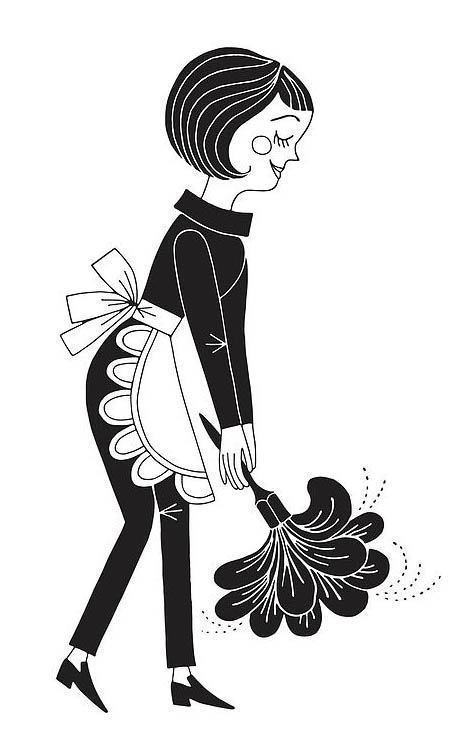My Year in Books 2025
I managed to read quite a few more books this year than last (95 to 2024’s 66), but I don’t know that I realized much advantage from doing so, beyond just clocking the reading time. My stats, according to Goodreads, were:
95 books
28,425 pages read
Average book length: 346 pages (longest book 908 pages!)

Although I discovered some enjoyable reads, there wasn’t one single book that truly bowled me over or made me immediately check out another book by that author or settle in to read a lengthy series. And most of the books I did like were the lightweight ones that I ended up reading as a sort of relief between the tougher titles. Here’s a list:
The Lost Ticket, by Freya Sampson
The Busybody Book Club, also by Freya Sampson
Vera Wong’s Guide to Snooping (On a Dead Man),
by Jesse Q. Sutanto
Finlay Donovan Digs Her Own Grave, by Elle Cosimano
My favorite science fiction book was The Road to Roswell, by Connie Willis.
My new discovery in YA fantasy, with an intriguing Egyptian-like setting, was His Face is the Sun, by Michelle Jabes Corpora. I look forward to the sequel(s).
I read a few books that were award-winners, or by well-known literary authors, or touted by other readers as amazing reads, but found most of them problematic in some way, and therefore didn’t feel wholeheartedly pleased to have read them. They were:
James, by Percival Everett
The Seven Husbands of Evelyn Hugo, by Taylor Jenkins Reid
Horse, by Geraldine Brooks
The Mare, by Mary Gaitskill
Horse Heaven, by Jane Smiley
Three Days in June, by Anne Tyler
Gentlemen and Players, by Joanne Harris
These have all been reviewed on this blog, so do a search for the title or the author if you want the specifics. None of them received a thumbs-down, but none of them lit up my imagination either.
The most disappointing part of the reading year was the letdown I felt each time I finished the next book in a bestselling series I had previously enjoyed. I read two books by Michael Connelly—The Waiting, and Nightshade—and had a “meh” reaction to both. The Grey Wolf, by Louise Penny, didn’t deliver the characteristic Gamache love, and was filled with tangents and extraneous story lines. Perhaps the least successful (for me, at least) was The Hallmarked Man, by “Robert Gabraith,” aka J. K. Rowling, which was so endlessly convoluted that I felt the need to reread it—but so long, wordy, and unsatisfying that I didn’t! I’m really hoping these authors rally in the new year, but it’s more of a “fingers crossed” than an actual expectation.
Honestly, my best and most sustained reading took place when I got fed up enough to revisit beloved books from decades past by such authors as Rumer Godden, Georgette Heyer, and Charlaine Harris.
Today I am starting on 2026, two days ahead of schedule! Onward, readers!
Last book of the year

My last book of the year was The Secret Christmas Library, by Jenny Colgan, and I almost didn’t read it. I usually love discovering a new Colgan book, especially the ones that take place up in the wilds of Scotland (which this did), but then I found out it was a sequel to last year’s novella The Christmas Book Hunt, which wasn’t one of my favorites because of the exceedingly obnoxious male lead and, sure enough, that character was equally distasteful in this one.
Fortunately, he wasn’t the only guy on the scene for Mirren, the female lead in both, to moon over, but it took about 85 percent of the story to get to the romance. The setting and atmosphere saved it for me, since it took place in a remote rundown castle on a loch, with its own train stop and maze, and had a resident poverty-stricken laird in search of a rare book hidden somewhere in the “pile.”
The major bone I had to pick with this one was the lack of editing and proofreading. I came across at least five misspellings and/or misuses of words, and it was also apparent that neither the author nor the editor had gone back and perused the work for repetition; on the very first page there was a sentence repeated verbatim twice, just two paragraphs apart, and about 30 pages later she used the word “immaculate” to describe three separate things, again all on one page. The overall impression was that this was dashed off to satisfy the holiday market.
Colgan has written many Christmas books (most as sequels to various series), and any of those is preferable.
Serendipity
I am wary of books that are described as “heartwarming.” I likewise shy away from anything that has been labeled “meet cute.” But there are occasionally stories about fortuitous occurrences that actually are genuinely charming, and The Lost Ticket, by Freya Sampson, is one of those.

Libby arrives in London from Surrey and gets on the 88 bus on the way to her sister’s house feeling as if she no longer recognizes herself or her life. Her eight-year relationship, her job, and her home have just been jerked out from under her by her “bored” boyfriend, and it’s a sign of how bad things have gotten that she is choosing to go stay with the officious Rebecca in London. But the elderly man next to her on the bus won’t let her sit in miserable silence; Frank instead tells her the story of how he met a girl on this same bus, the 88, back in 1962, with hair just the same beautiful shade of red as Libby’s. They made a date to meet up at the National Gallery, but Frank lost the bus ticket on which the girl had written her telephone number, and never found her again. She made such an impression that for almost 60 years he has continued to ride the 88 line hoping to run into her; in addition to feeling like there was a spark between them, he wants to thank her for saying something to him that changed the entire trajectory of his life.
Libby, sad and at loose ends, is inspired to help Frank find the woman he has sought in vain. She teams up with others in Frank’s life to try everything from online searches to running advertisements and posting flyers, looking for #girlonthe88bus. But Frank has growing dementia, and his daughter wants to put him into a care facility, so time is running out.
The events that spread out from this simple encounter of strangers on a bus illustrate how serendipity can be a blessing in lives that had previously felt fixed and inevitable.
I immediately identified with the characters. I enjoyed the setting. I admired how the book discussed relevant social topics rather than just being “aw, how sweet.” I particularly liked the element of found family, that what we don’t get from our biological relatives can be had by embracing empathetic strangers and turning them into our people. There’s really not much more to note about this lovely book, except to say that it was a real pick-me-up when I needed one, and was not nearly as predictable as I thought it would be when I began reading.
Christmas past
I find myself, on the 18th of December, woefully unprepared to offer up Christmas reads here on the blog. I haven’t exactly been busy, but I also haven’t been much in the holiday mood, so I have read nothing relateable to share. But I did do a search on my own blog, which I encourage you to do as well if you are in need of a festive book to read, and found a bunch of suggestions I featured from Christmases past. Just put “Christmas” in the search box and you will find at least five separate lists.
In case you are too lethargic to do that, here’s one that I mentioned before and will share again—a novella with minimal effort and maximum payoff from one of my favorite authors, sci fi writer Connie Willis. I knew that Willis herself collected Christmas stories, having come across a comprehensive list she made some years ago of all her can’t-miss favorites, but I didn’t know she had written one until a few years ago.
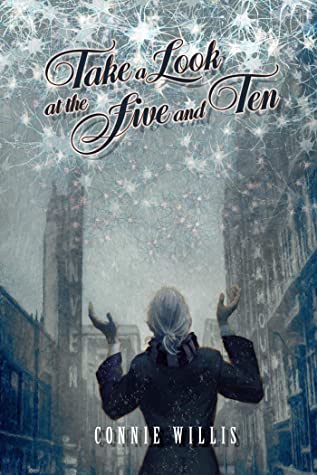
Take a Look at the Five and Ten is pure nostalgia in its subject matter while being scientific in its methodology. It adopts the premise of her book Passage, wherein a neuroscientist is conducting research on a particular aspect of memory. In that book it’s all about dreams, while in this one the topic is the TFBM: Traumatic Flashbulb Moment. A Ph.D. student, Lassiter, is doing a study of people who have experienced one of these; imagine his delight when he meets a new and potentially perfect subject at Christmas dinner with his new girlfriend’s family.
Ori begins dreading each year’s holiday season (Thanksgiving to New Year’s Day) in July. Her one-time stepfather, Dave, never lets go of the people from his past, so even though he’s working on his sixth marriage (his union with Ori’s mom ended when she was eight years old)), he never forgets to include in his celebratory invitations the in-laws he collected along the way, including Ori, Aunt Mildred (the great-aunt of his second wife), and Grandma Elving (the grandmother of his fourth). Dave’s latest bride, Jillian, cooks elaborately awful trendy food, and invites her snotty daughter Sloane, along with Sloane’s current boyfriend and her own stuck-up friends, and they all, with the exception of Grandma Elving, treat Ori as if she is a combination of charity case and the hired help.
Grandma Elving presents her own trying behavior, as she insists on telling the same story each year of how she worked at F. W. Woolworth’s “five and dime” store in downtown Denver one Christmas in the 1950s. Everyone else in the family is fed up to the gills with hearing it, but Sloane’s new boyfriend is fascinated by Grandma’s extraordinary ability to remember each and every vivid detail about her experiences at Woolworth’s, since clarity and consistency of a particular memory are hallmarks of a TFBM. Lassiter invites Grandma to be one of his test subjects, and the two of them elicit assistance from Ori to get Grandma to and from her appointments at the clinic where Lassiter is conducting the experiment. Ori quickly begins to have what she knows are ill-fated feelings for Lassiter as their proximity grows….
This is a cute and humorous Christmas tale reminiscent of the French farce-like quality of Willis’s time-travel book, To Say Nothing of the Dog. It’s short (140 pages), qualifying more as a novella than a full-length book, and you can get it for Kindle too, so if you’re trying to hit your 2025 Goodreads Challenge quota, it’s a quick read that counts. But best of all, it’s an unconventional Christmas story that will give you even more appreciation for Willis’s whimsy and heart.
Starts with “D”
I haven’t been on here for a while because I started reading a trilogy and decided that, since all three books were already published and I could read straight through it, I would wait until I was finished and review the whole thing.
The trilogy is by author Brigid Kemmerer. The books are Defy the Night, Defend the Dawn, and Destroy the Day. I can’t say that I totally get the significance of each book title in context of the overall story, but you have to call them something, right? And alliteration always sticks in the brain…
I first discovered Kemmerer when I noticed her “Elementals” series in the YA stacks at the library, about four brothers with paranormal powers. I wasn’t drawn to those at all, and never read them, but when I read her stand-alone non-fantasy young adult novel Call it What You Want, I was bowled over and immediately followed up with the duology Letters to the Lost and More Than We Can Tell, and then found her other stand-alones.
When she started writing fantasy again, I felt confident to buy these books for my teen readers, but I had a little misgiving, because her first outing in the Cursebreaker series was a retelling of the Beauty and the Beast story. Since I would always prefer an original story to a retold tale, and since B&B is also one of my least favorite fairy tales, I almost regretted it; but I liked her writing enough to give it a chance, and ended up appreciating what she did to make it less sexist and cringeworthy! I never got around to reading any of the sequels, because I concluded that her real strength lies in writing about real teenagers in the throes of their confusing, sometimes difficult lives. But when I noticed this new trilogy and realized she had just finished it, I decided to check it out.


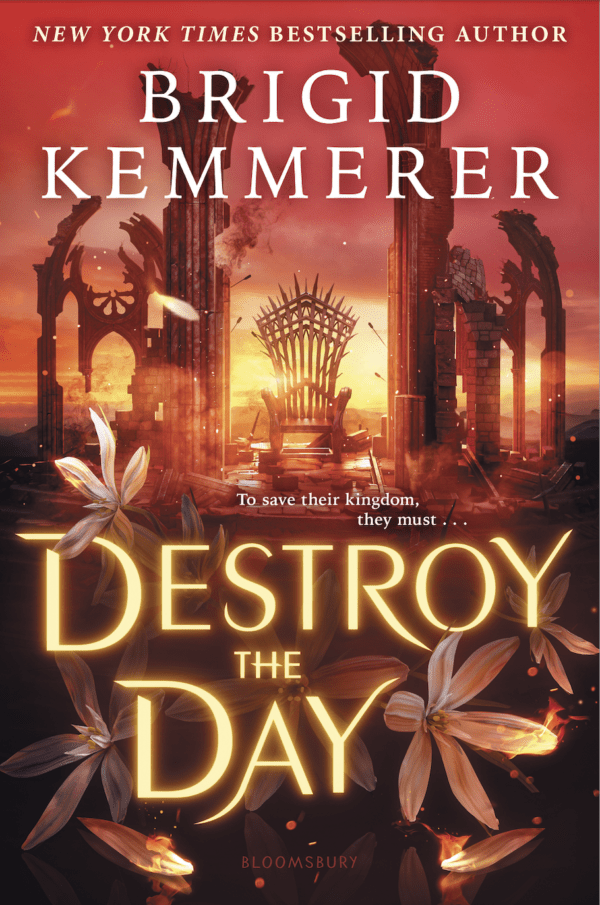
I did enjoy it; but I don’t think it changed my mind about where her true gifts lie, and I’m kind of sorry about that, because it seems she has fully committed to fantasy at this point in her career. Don’t get me wrong: The books are good, with flowing prose, great characters, decent world-building, and an original fantasy story (not a retelling this time). I just like her contemporary teen novels much better.
These are likewise meant for older teens; but that was one of the things I had a little difficulty accepting. The main characters, including the king and his brother the king’s justice (think enforcer) are all supposedly under 20 years old and, given that they have been ruling the kingdom of Kandala with an iron hand since they were 18 and 15, believability was strained. When in the third book the younger brother (Corrick) turns 19, I immediately thought yeah, no way. The story would have been much more realistic had the characters started out in their early 20s, but I guess that would disqualify the books for YA publication?
This trilogy is filled with political intrigue and drama. The basic plot is this: Harristan and Corrick’s parents are assassinated by one of the kingdom’s consuls, and Harristan becomes king of Kandala at the tender age of 17. Shortly after the brothers find themselves thrust into power, a devastating illness begins to spread throughout the kingdom. There is a remedy, a flower that grows in just two of the districts of Karala, each ruled by a consul, but the availability of the elixir made from Moonflowers is limited and the consuls who control its source are holding the kingdom hostage by doling it out selectively and at a high price. There isn’t enough to keep the common people from sickening and dying, and rebellion seems imminent.
Prince Corrick, frustrated by his role as King Harristan’s enforcer of the strict laws against smugglers and illegal traders of the blossoms, sneaks out at night to meet up with commoner Tessa, a young apothecary whose parents died trying to help their neighbors. He masquerades as Weston Lark, a young revolutionary, and the two bring doses of the elixir Tessa brews from the petals they are supposedly stealing from the palace to the folk living in the Wilds, but it’s never enough. Events take a turn that cause Tessa to try to sneak into the palace to confront the king, but her intentions in taking this step are changed when she discovers that nothing is as she expected when it comes to Harristan and his brother.
There are several big twists and surprises starting in the first book and continuing in the other two. In the second, some of the characters respond to an offer of help (and trade) from the neighboring kingdom of Ostriary and agree to go there to research the possibilities, leaving King Harristan to try to fix his dangerously divided kingdom, and the third book wraps all of it up and brings everyone back together. I don’t want to say more than that about any of it, because if you plan to read it you will need to experience it as you go, but it’s sometimes great, mostly good, and also has its occasional dull moments or weird segues like most fantasies do. There are a few things that frustrated me because they either suffered from inadequate explication or remained completely a mystery; but over all, a worthy effort. Kemmerer’s lively and interesting characters are, as always, her strong suit.
Public, secret lives

I finally got around to reading The Seven Husbands of Evelyn Hugo, by Taylor Jenkins Reid. Although she has written some other well-received books (Daisy Jones and The Six, Carrie Soto Is Back), this was the first of hers I have read. I’m always a bit skeptical about reading “popular” books, because I have been let down so many times by the promise created by all the hoopla, but I have to say that this one actually surpassed my expectations.
For those who have managed to avoid the book clubbers’ raves and have remained oblivious to this book, the basic outline is this: Evelyn Hugo is a Hollywood icon in her late 70s—retired, wealthy, and reclusive—who made it out of Hell’s Kitchen in the 1950s as a teenager and did whatever it took to become a Hollywood film star. Some of that meant entering into marriages for a variety of purposes that included true love, lust, ambition, politics, and money. Her relationships helped to shape both her career and her legend, but the men she married weren’t all of them the most important people to figure in her life—there is a story behind all the stories, and this is what Evelyn, now alone for many years, is ready to reveal while she still can.
She selects as her biographer a young journalist, Monique Grant, for reasons that are somewhat but not wholly connected to Monique’s writing abilities (and that’s another story) and gives her exclusive access. They spend days and nights together as Evelyn unpacks her entire glamorous and scandalous life—all the turning points, decisions, triumphs, and tragedies—until she finally reveals something that sets Monique back on her heels.
I’m not going to say much more about the story, because it’s one of those that you need to experience for yourself as you go along, rather than having it wrapped up in a couple of summarizing paragraphs. I will say that Jenkins’s writing style and the creation of the character and story of Evelyn are so evocative that you feel like you’re in the room with her as she tells it, as well as accompanying her to every movie set, red carpet, shop, motel, mansion, beach, or city street. It’s an enthralling look at Old Hollywood with its studio contracts and glitzy movie stars. The narrative creates a rich tapestry woven of ambition, betrayal, love, and a search for identity and authenticity. It’s full of historical detail and paints a colorful picture of the woman, her companions, and their backdrops.
My one caveat is that I would have liked to know just a little bit more about Monique Grant. Although we do get her basic story line, her character is so eclipsed by that of Evelyn that you tend to forget she’s in the room until Evelyn says “let’s stop there for today” and someone else’s hand reaches out to turn off the recording device.
Aside from that, I was captured and fascinated by this book and character from beginning to end, with no detail feeling extraneous. That’s a rarity, in my experience.



